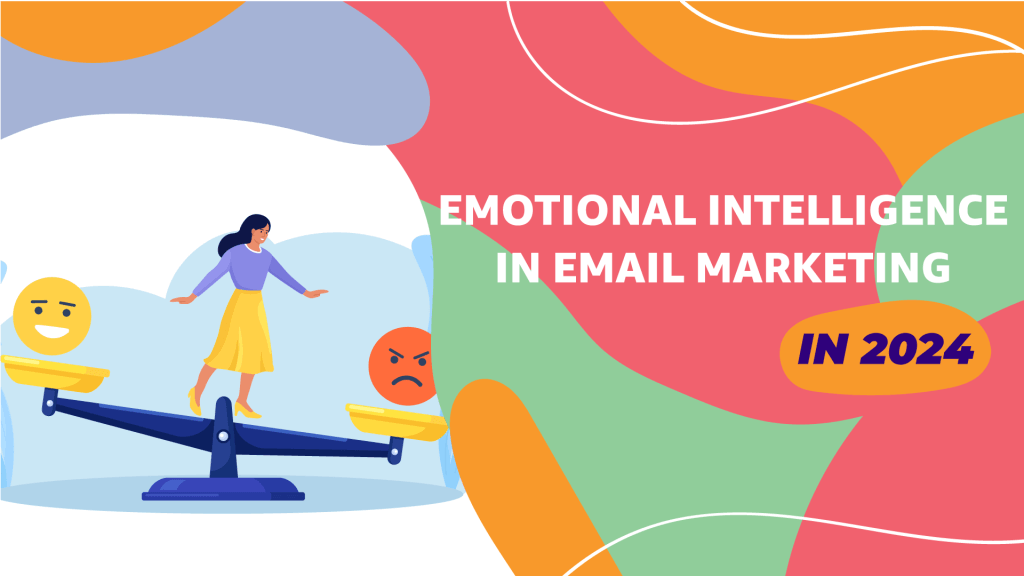In the ever-evolving landscape of digital marketing, where algorithms, analytics, and automation often take center stage, it’s easy to overlook the human element. However, as we step into 2024, a key player is emerging in the realm of email marketing: emotional intelligence. Understanding and leveraging emotions in your email campaigns can significantly impact customer engagement, brand loyalty, and ultimately, conversion rates.
Why Emotional Intelligence Matters
Email marketing is not just about sending messages; it’s about creating meaningful connections with your audience. Emotional intelligence in this context involves recognizing, understanding, and influencing the emotions of your subscribers. It’s about going beyond the data points and acknowledging the human behind the screen.
- Building Trust and CredibilityOne of the primary components of emotional intelligence is building trust. In the crowded digital space, consumers are more discerning than ever. By infusing your emails with authenticity and empathy, you establish a connection that goes beyond a transactional relationship. Share stories, highlight your brand values, and show genuine interest in your subscribers’ needs to build a foundation of trust.
- Personalization with a Human TouchEmail personalization has been a buzzword for quite some time, but emotional intelligence takes it a step further. It’s about understanding the emotions and preferences of your audience to tailor your messages in a way that resonates with them personally. Use dynamic content, personalized recommendations, and behavior-triggered emails to show that you understand and care about their individual journey.
- Crafting Compelling StorytellingHumans are wired for storytelling. Emails that tell a compelling story, whether it’s about your brand’s journey, a customer success story, or a behind-the-scenes look, can evoke emotions that resonate with your audience. Emotional storytelling creates a memorable experience, making your brand more relatable and fostering a stronger emotional connection.

Practical Tips for Infusing Emotional Intelligence into Email Marketing
- Segmentation Based on Emotional TriggersIdentify emotional triggers within your audience and segment your email list accordingly. Whether it’s milestones, life events, or behavioral patterns, tailoring your messages to specific emotional states enhances the relevance and impact of your campaigns.
- Use Emotionally Charged LanguageWords have the power to evoke emotions. Incorporate emotionally charged language in your subject lines, headlines, and body copy. Be it excitement, curiosity, or empathy, choose words that align with the emotional response you want to trigger.
- Interactive Content for Emotional EngagementIncorporate interactive elements in your emails, such as quizzes, polls, and surveys. This not only engages your audience but also provides valuable insights into their preferences and emotions. Use this data to refine and personalize your future email campaigns.
- A/B Testing for Emotional ResonanceA/B testing is a valuable tool for understanding what resonates emotionally with your audience. Experiment with different tones, storytelling approaches, and visuals to identify the emotional triggers that generate the most positive responses.
As we navigate the complexities of the digital marketing landscape in 2024, the role of emotional intelligence in email marketing cannot be overstated. Beyond metrics and analytics, it’s about understanding and connecting with the real people on the other side of the screen. By infusing your email campaigns with emotional intelligence, you not only enhance the customer experience but also foster long-term relationships that transcend the digital divide. So, the next time you draft an email campaign, remember: a touch of emotional intelligence can make all the difference.

